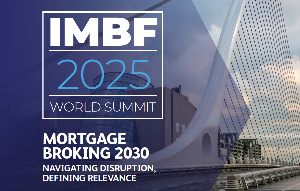Peter Thompson
The company sells about one in three Auckland homes and is a barometer of listing numbers and sale prices.
The market lived up to its reputation of being at its strongest in March. Records were set in both numbers of properties sold and prices achieved.
The average price paid rose to $1,107,869, up 2.7% on the average price for the previous three months. And the median price increased to $1,048,000, up 5.1% for the previous three months.
“Contributing to the extraordinary sales numbers during the month were the 2,138 new listings the company wrote – the highest number during March for 15 years and about a quarter higher than we would normally list at this time of the year,” says Peter Thompson, Barfoot & Thompson managing director.
“It gave buyers greater options than have been available for some months and they were quick to take advantage.”
During March the company sold 1,844 homes, the most ever sold during a March month.
Virtually all the property sales were before the Government’s March 23 decision to scrap mortgage interest deductibility against income and extend the bright-line test to 10 years.
However, based on sales numbers, the March 1 reintroduction of LVRs appears to have had limited impact on the market.
“While buyers were committed, and prices rose, the rate at which prices increased during the month was in line with what has been experienced since the start of the year,” says Thompson.
The year-on-year average price rise was 11.5% and the year-on-year median price increase was 13.3%.
Rethinking housing
“Getting in ahead of price increases and competition between investors and first-time buyers are not the only contributors to high market sales,” he says.
“There is also a strong undercurrent of social change as different groups of people act on their future housing needs.
“Baby boomers are rethinking their housing in retirement; working people are looking to shorten their commute time or achieve easier access to public transport or lifestyle amenities; people working from home are seeking alternatives to their existing circumstances, and many are willing to put disposable income towards upgrading their property.
“All are active in the market and see low mortgage interest rates as the ideal opportunity to make planned changes.”
Listings, however, are not keeping up with demand. At month’s end the company had 3,394 properties on its books for sale, the lowest number at the end of March for five years.
“The shortage of residential listings is pushing some buyers into considering lifestyle bare blocks or existing homes, ensuring lifestyle blocks continue to sell well,” says Thompson.
Developers and investors remain interested in bare blocks of land – particularly that zoned residential or future residential.




Comments
No comments yet.
Sign In to add your comment